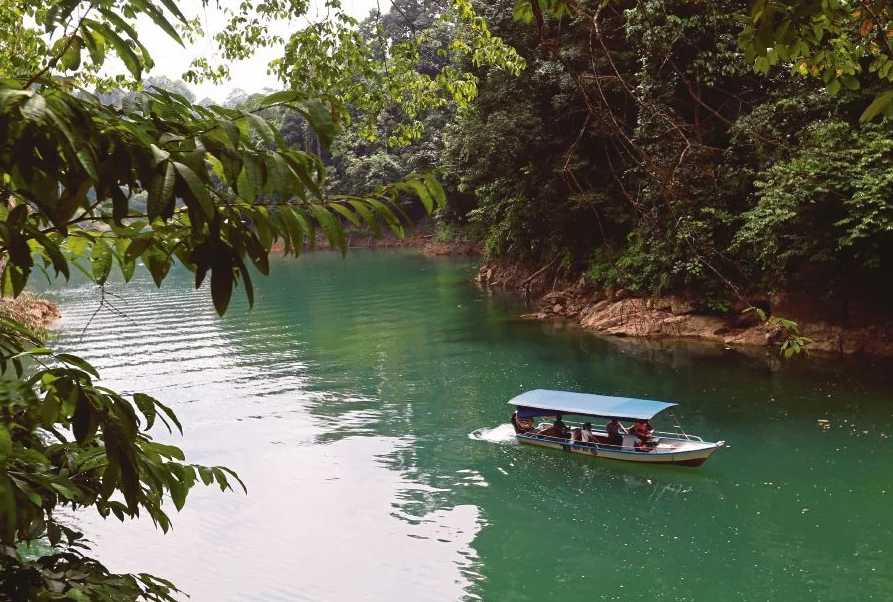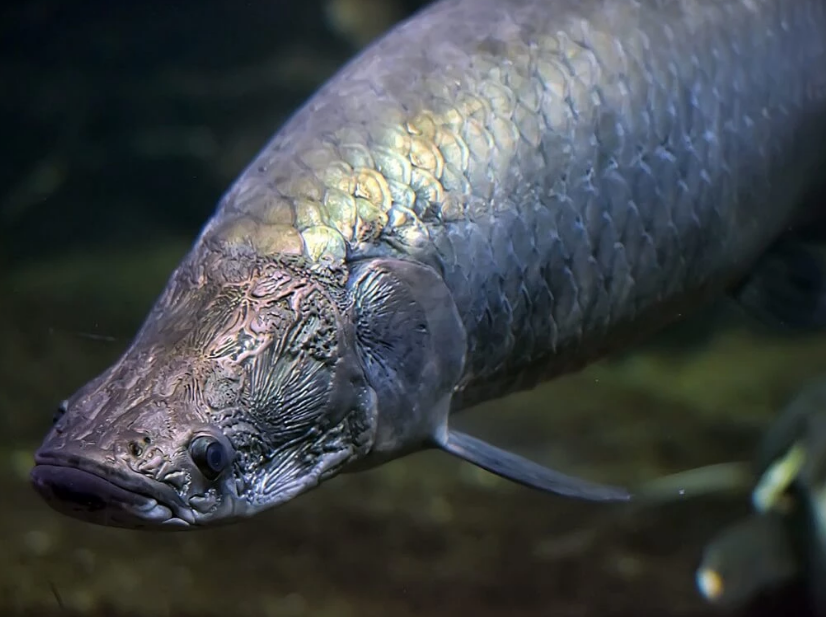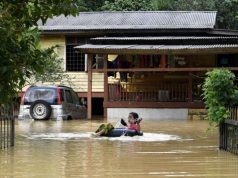

The existence of primitive species such as the arowana fish is proof of the age-old ecology of the lake bed, he said.
“The arowana is an ancient species of fish that’s very sensitive to the water environment and cannot survive in polluted water. Its ability to survive in Kenyir Lake proves the stability of the ecology that has formed here, which even has primitive elements even though the lake itself is an artificial one,” explained Mohd Fazrul, who is a senior lecturer in fishery technology and fish ecology at UMT.
Speaking to a team of journalists and cameramen who were recently invited to UMT to cover their ongoing research efforts in Kenyir Lake in Hulu Terengganu, he also attested to the lake’s unbeatable water quality.
“The water does not become murky even during rainfall,” he said.
The fact that the water in the entire lake is freshwater and not brackish is also an indication of the water quality, he added.
The 38,000-hectare Kenyir Lake — the biggest man-made lake in Southeast Asia — also has an adequate depth and a sound food chain ecosystem with the presence of phytoplankton and zooplankton, as well as insects on the lakeside, that serve as food for the fish.
SPECIAL SPECIES
The arowana found in Kenyir Lake is from the Red Arowana, Golden Arowana and Pearl Arowana species that have high commercial value.


In January 2006, the Kenyir Lake authorities opened an ikan kelah sanctuary at Sungai Petang that serves as a rehabilitation, conservatory and breeding zone for the fish. The sanctuary is open to tourists who can experience the excitement of swimming with thousands of ikan kelah.
The fish is protected by the Terengganu Inland Fisheries Regulations 1988 (under the Fisheries Act 1985), hence no fishing is allowed there. Rangers are at hand to check the bags of visitors to ensure no one smuggles the ikan kelah out of the sanctuary.
Under the Fisheries Act 1985, anyone convicted of catching, killing and possessing fish from a restricted area face a maximum fine of RM1,000 or jail of six months or both.
Mohd Fazrul said other fish species found in Kenyir Lake that are also sought after by the public for their tasty flesh are tapah, baung, sebarau and lampam jawa.
TRADITIONAL FISHING GEAR
Interestingly, the local communities, especially the Orang Asli living in the Kenyir Lake area, still adhere to artisanal fishing practices not found elsewhere.
“Traditional fishing gear and age-old techniques of catching fish can still be found here. Drift nets, traps, harpoons, spears and arrows are still used here,” said Mohd Fazrul.
The Orang Asli community here also carry out tuba fishing activities but instead of poisonous substances, they use the roots of certain trees as bait to attract the fish, he said.
He also said that their tendency not to overfish is one of the reasons for the sustainability of Kenyir Lake’s fish populations.
“They just catch enough fish for them to eat. They will only sell fish if they happen to catch more than what they need. Also, the holes in the nets they use are more than two inches in size to prevent fish fry from getting caught in the net,” he said.
PREHISTORIC ERA
The Kenyir Lake area also possesses its own geological, archaeological and cultural heritage. In 2009, archaeologists unearthed a human skeleton dubbed the ‘Bewah Man’, believed to be about 16,000 years old. It is 5,000 years older than the human skeleton ‘Perak Man’, estimated to be 11,000 years old, found in Lenggong, Perak, in 1991.
In 2014, university researchers discovered dinosaur fossils, including several footprints, bones and teeth, in Mount Gagau in the Kenyir area.
Meanwhile, UMT Tropical Biodiversity and Sustainable Development Institute chairman Dr Hazman Samsudin said the university is constantly looking for ways to improve the socioeconomic status of the local communities in the Lake Kenyir area and the surroundings.
He said UMT has been given grants by the Higher Education Ministry to carry out research on how the area’s tourism potential can be harnessed for the local community’s economic empowerment.
The university is collaborating with the Department of Wildlife and National Parks, and Tourism and Culture Ministry to conduct training for youths to become tour guides.
Hazman also said that the time is ripe for Kenyir Lake to be declared a geopark in order to boost the area’s tourism industry which, in turn, will enhance the local communities’ economic status.
“When there are economic activities in the area, youths will not want to migrate to urban areas in search of jobs. This will also ensure that the culture of the local people is preserved,” he added.
— BERNAMA










